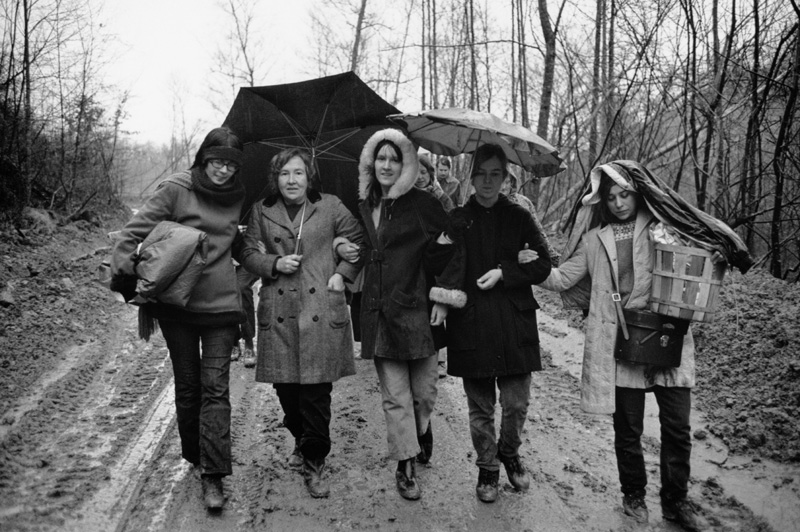Climate Ground Zero is a campaign of nonviolent civil resistance to strip mining in Appalachia. We engage in several different types of activism–including direct action, symbolic protest and civil disobedience– and don’t use violence or property destruction.
Direct action means doing something to stop that which one opposes, such as a tree sit that prevents blasting on a mountaintop removal site or a road blockade that prevents employees at Massey Regional Headquarters from going to work. Not all direct actions are illegal– refusing to sell your land to a company that wants to strip mine it is also a direct action.
Civil disobedience is predicated on taking illegal action to highlight a greater injustice. Activists engaged in civil disobedience hope to draw attention to the issues they are protesting by taking great personal risk and possibly serving jail time. Almost all of Climate Ground Zero’s actions are civil disobediences, with the exception of the Senior March and a few rallies where no one risked arrest (those might be considered symbolic protest).

Nonviolent civil resistance has been used by many United States’ based social movements. In the 1960s and 70s, Eastern Kentuckians blocked roads and locked to machinery in order to protest the strip mining of their land and mountains. Anti-nuclear campaigns, including those against the Seabrook Power Plant in New Hampshire & the Nevada Nuclear test site, used tactics of mass trespass. Over a period of thirteen years, over 4000 people were arrested at Seabrook, and the permit the power plant finally received allowed them to house only one nuclear reactor, as opposed to the two they applied for. The Civil Rights Movement famously used sit-ins, boycotts (a direct action!) and marches to fight against virtual apartheid in the United States. And let’s not forget the labor union movement of the 20th century, particularly the International Workers of the World and the United Mine Workers of America, whose sit ins and strikes won the weekend, minimum wage and the eight-hour workday.

2 Replies to “Nonviolent Civil Resistance”